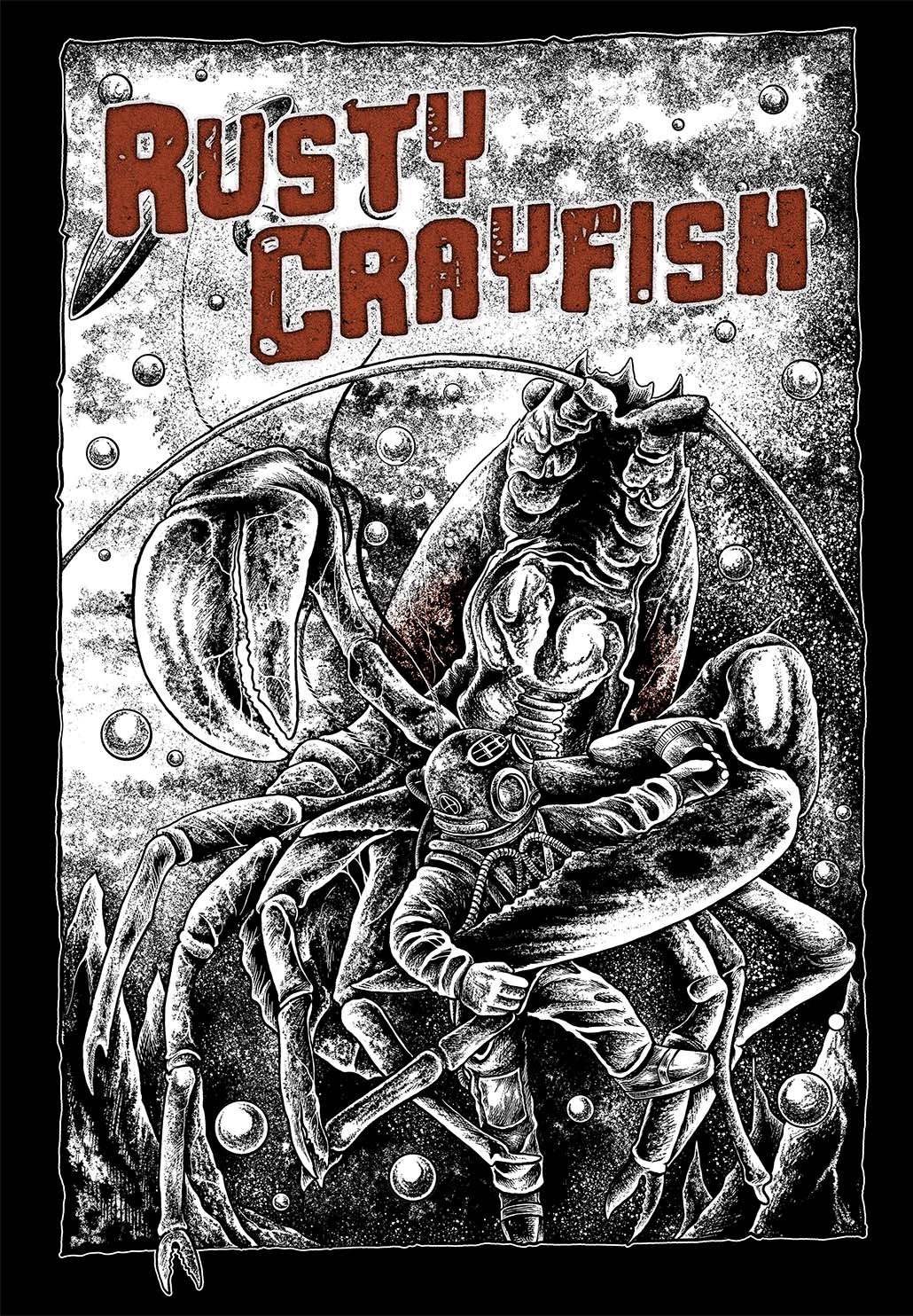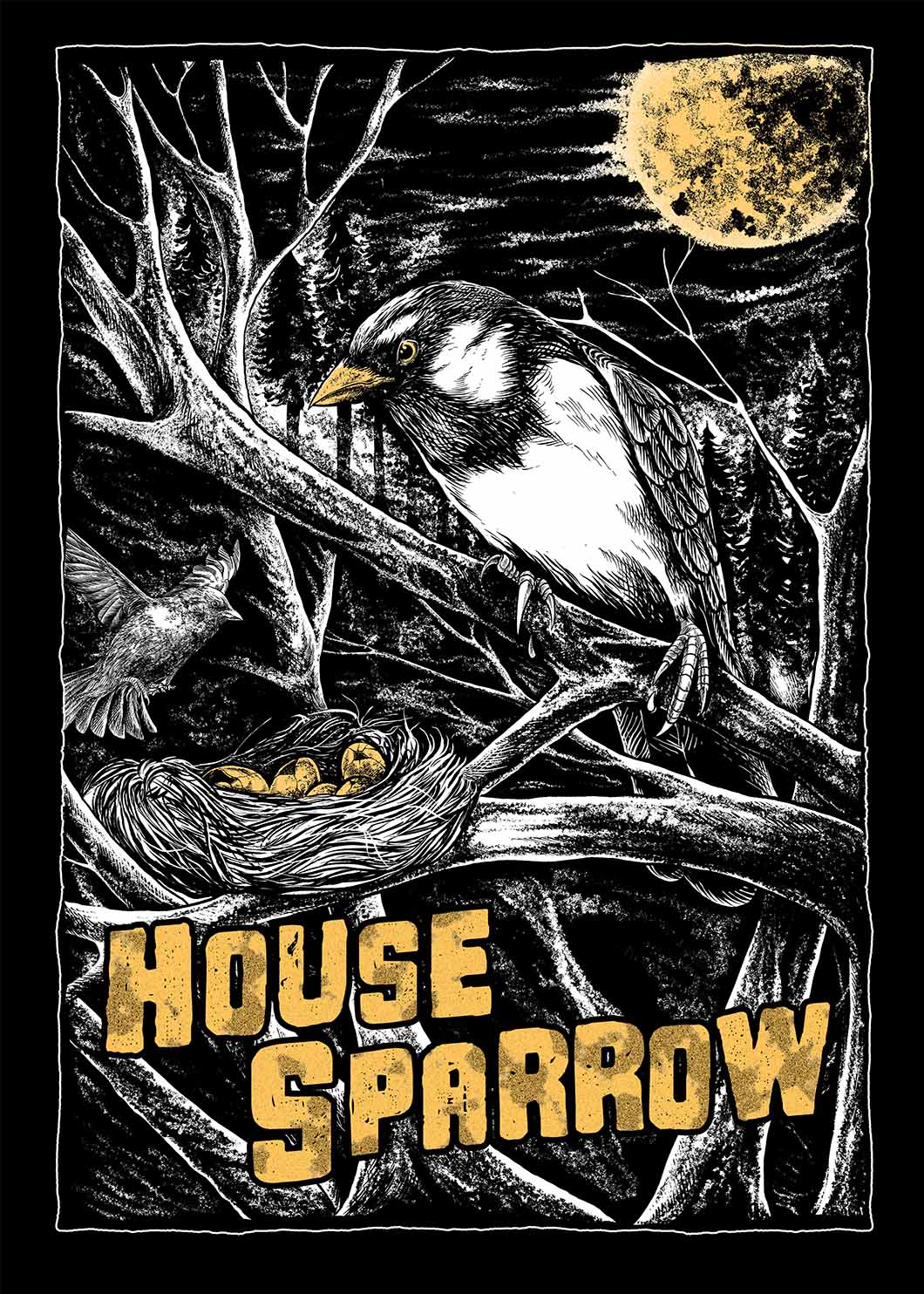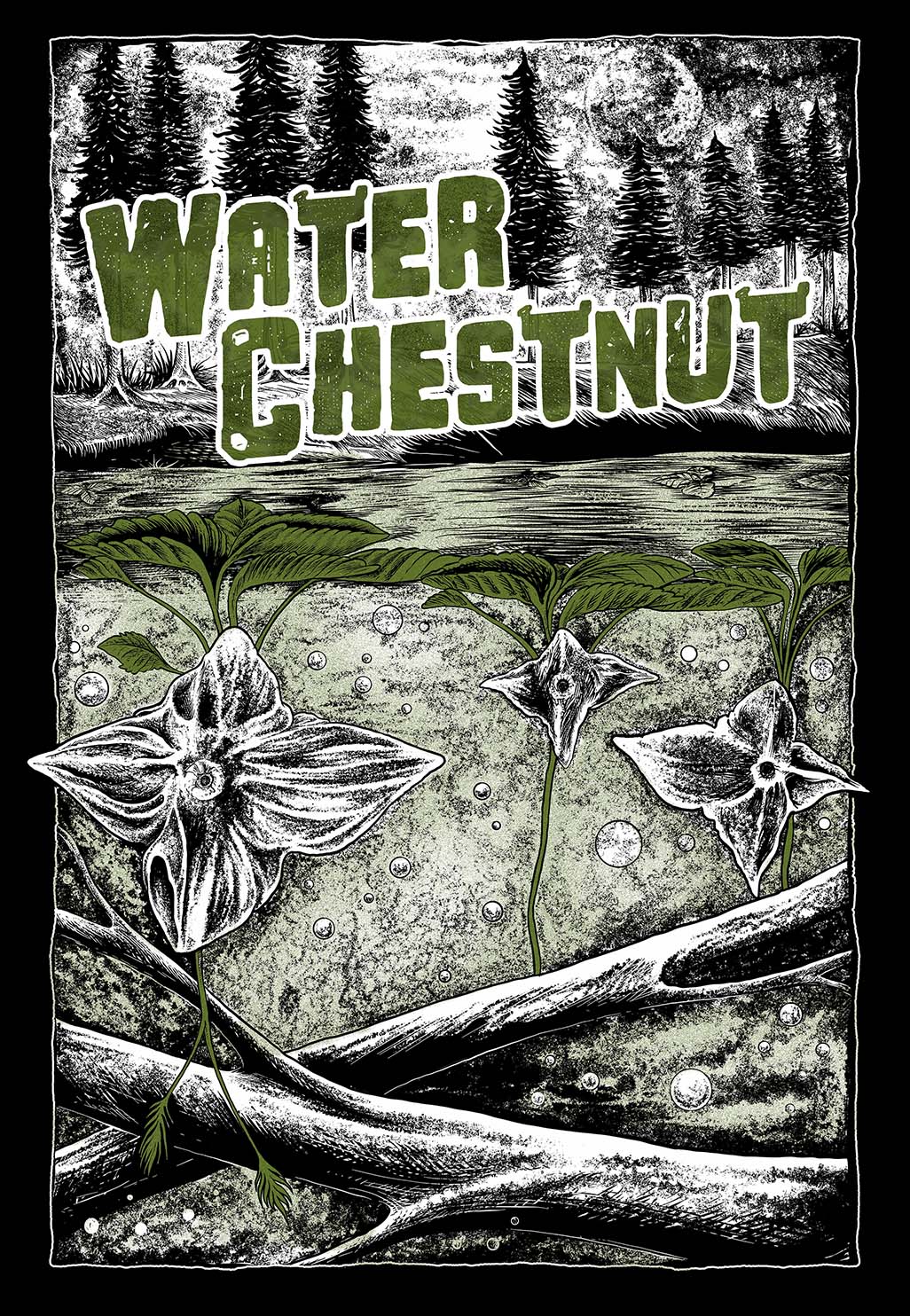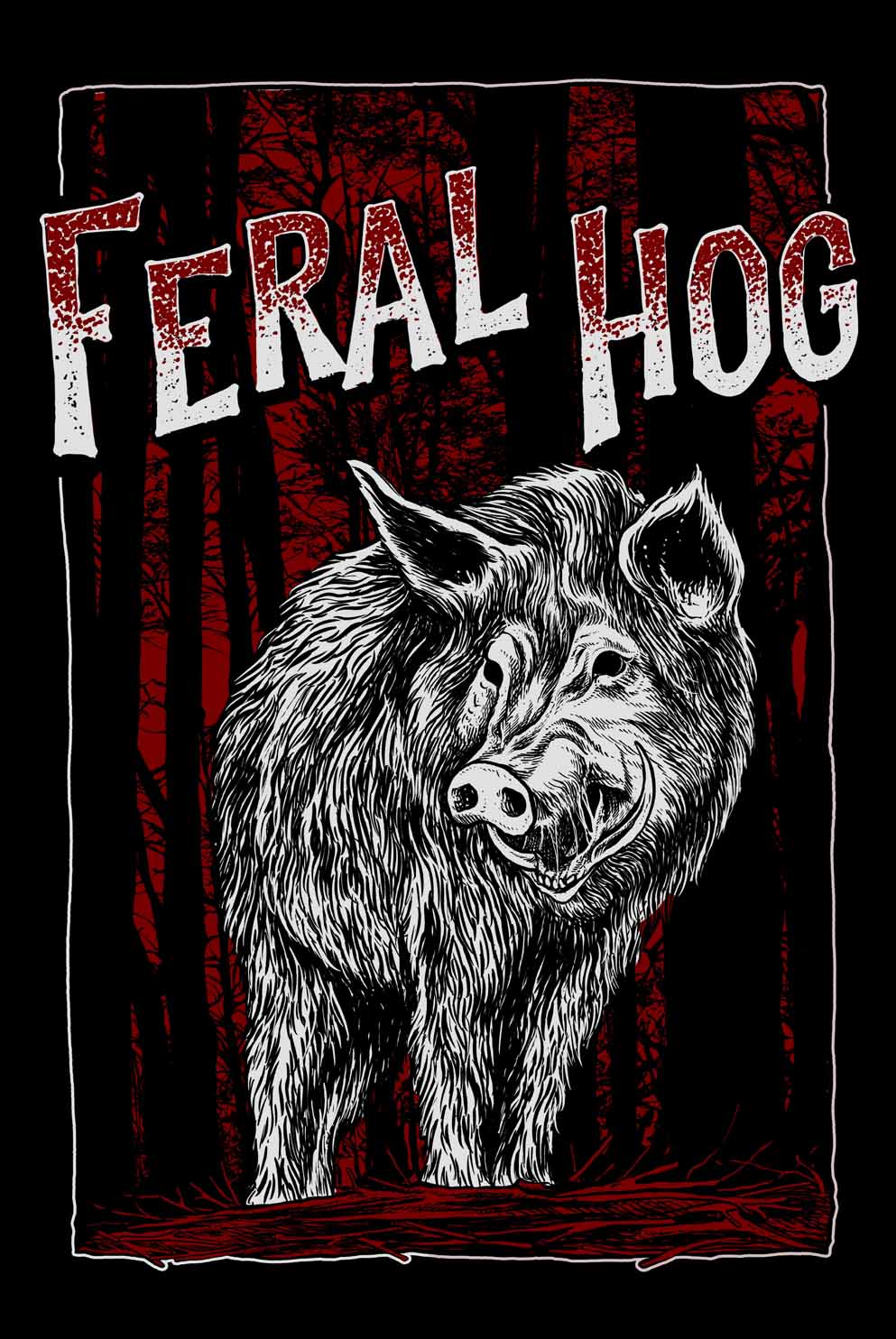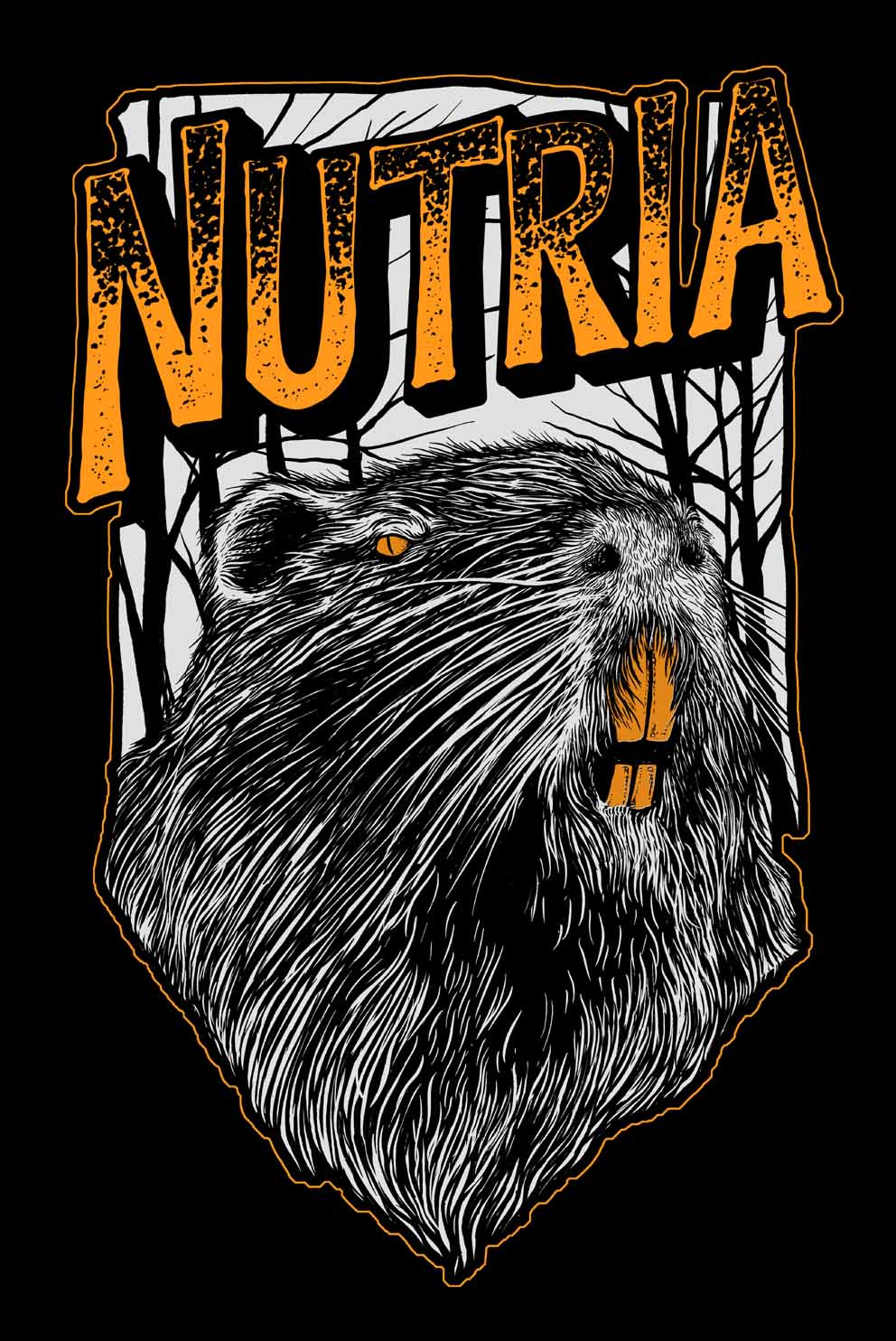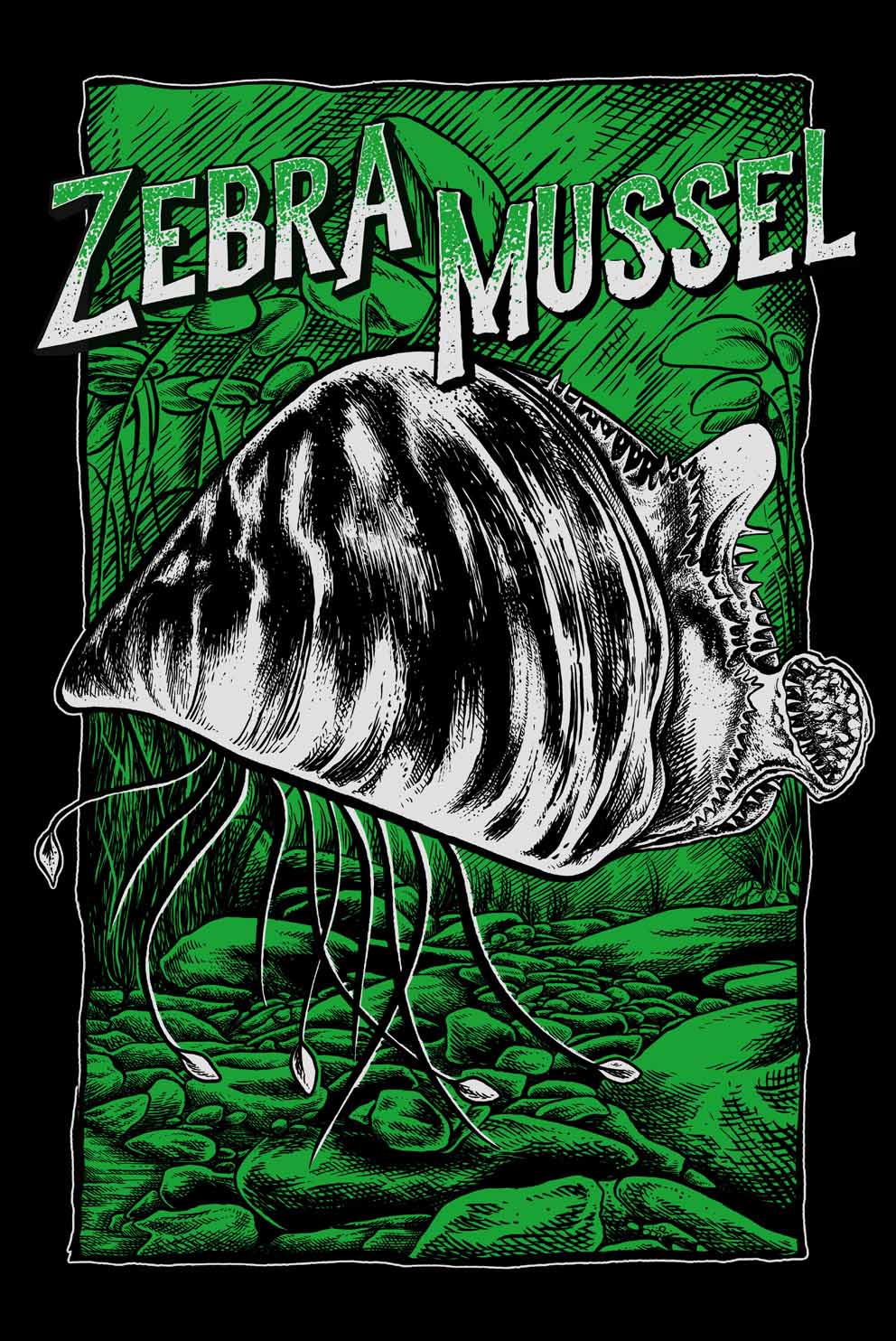
Spotted Lanternfly
Just like a vampire in a black tuxedo, white shirt, and red bowtie, the spotted lanternfly (Lycorma delicatula) fits in during Halloween with their red, black, and white coloring. The insect species is highly invasive, and a threat to Virginia’s plants and trees due to its vampireish, sap-sucking feeding style.
The spotted lanternfly, which is native to China, was first spotted in Virginia in 2018. Their ever-expanding range in Virginia now includes the entire Shenandoah Valley and parts of the Piedmont. The species threatens fruit crops like grapes, peaches, and hops. It also threatens numerous tree species, such as pine, walnut, maple, and oak. However, its preferred host is another invasive species: tree-of-heaven (Ailanthus altissima).
The first- through third-stage nymphs are wingless and black, with white spots on the body and legs. The fourth and last nymphal stage develops bright red patches over the body but still has black legs and white spots. Adult spotted lanternflies are approximately 1 inch (2.54 cm) long and 0.5 inch (1.27 cm) wide with black legs and head, light brownish-gray forewings with black spots, and hind wings that are banded white and black with scarlet red with black spots on the lower half.
Spotted lanternfly feeding can cause wilting of leaves and young branches and branch dieback, thinning crowns, and, eventually, host plant mortality. While feeding, the species also secrete a sticky substance that supports the growth of sooty mold that covers leaves and blocks photosynthesis, weakening the plant and leading to its death.
Special precautions should be taken to avoid spreading spotted lanternfly egg masses into other areas. Check any lawn furniture, grills, playground equipment, storage containers, and landscaping materials for egg masses before moving these items outside of infested areas. Remove and destroy any egg masses found. You can report spotted lanternfly sightings to your local Virginia Cooperative Extension or online.
Learn More

